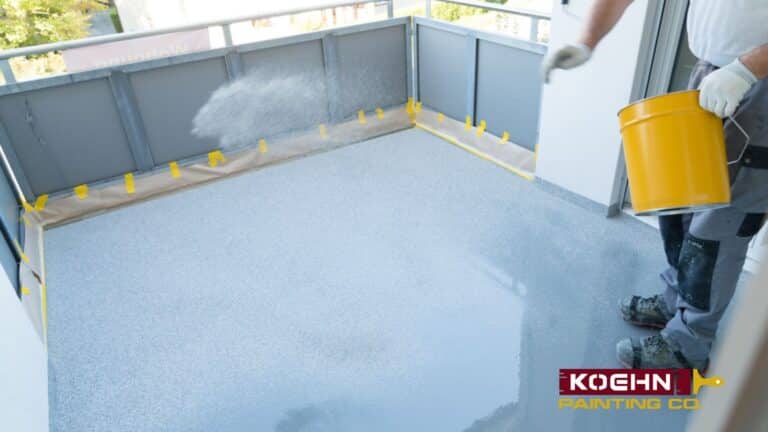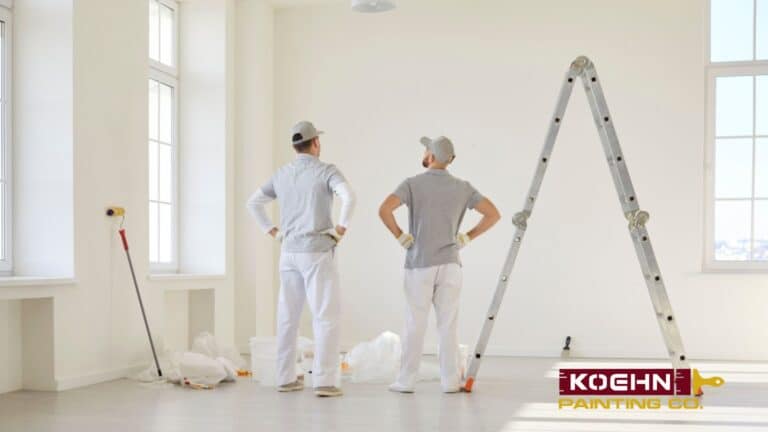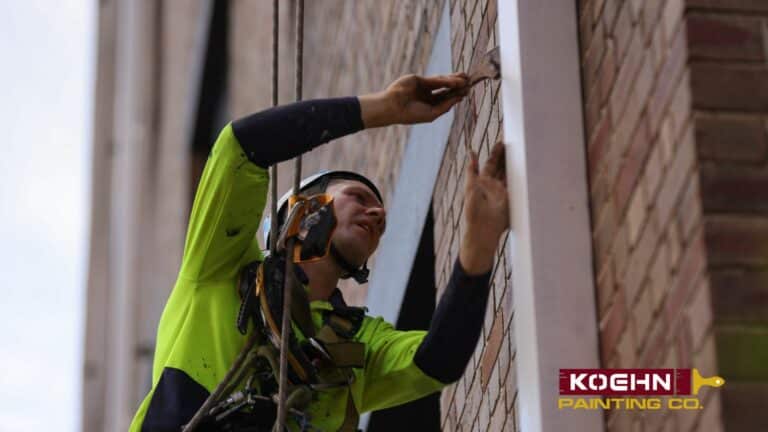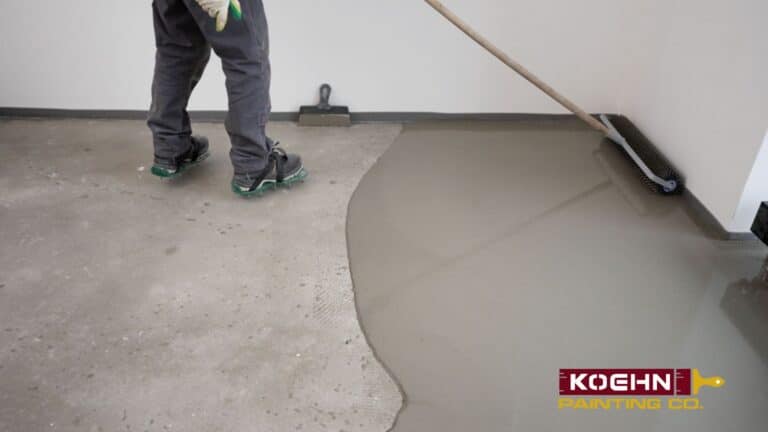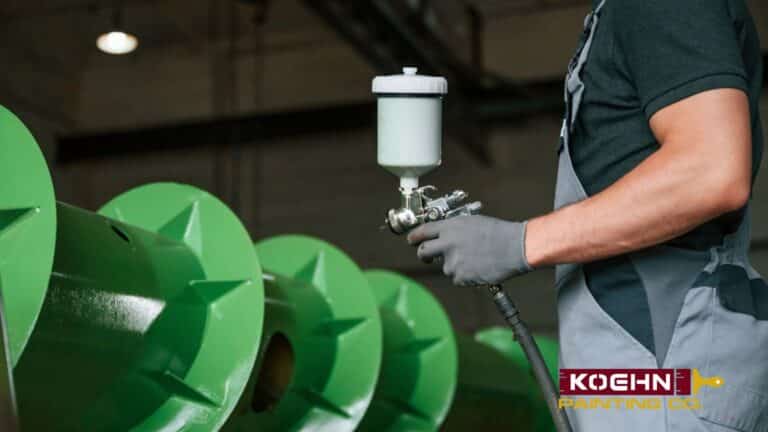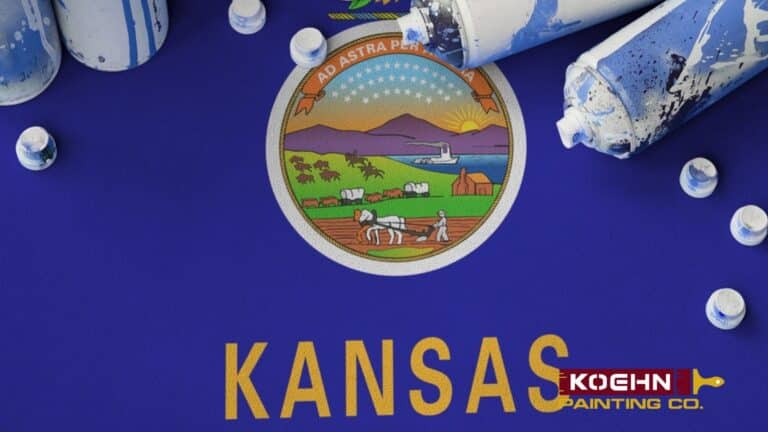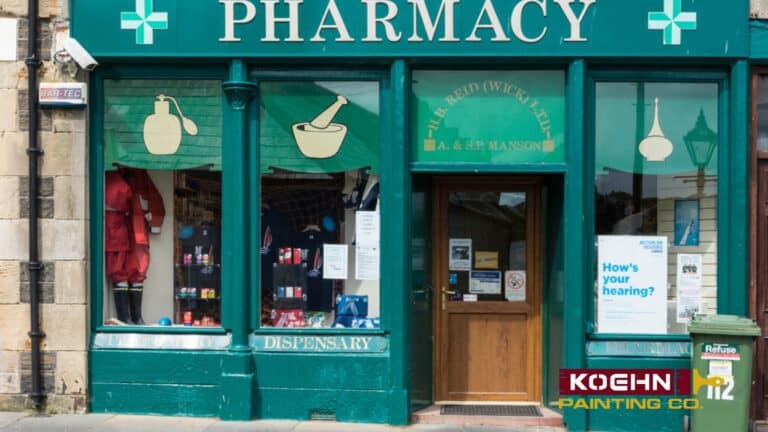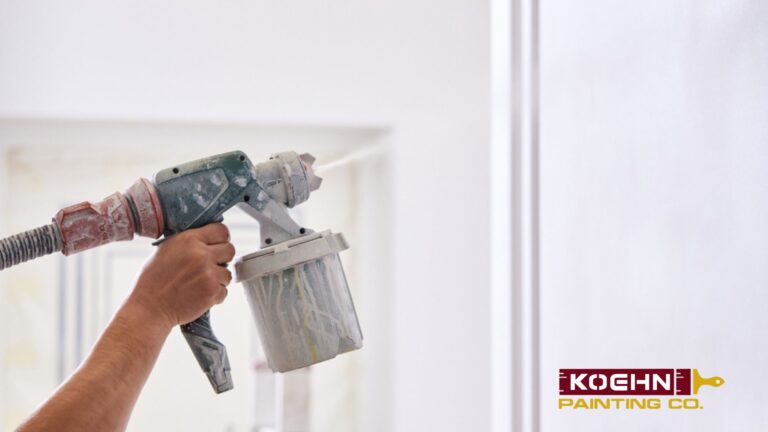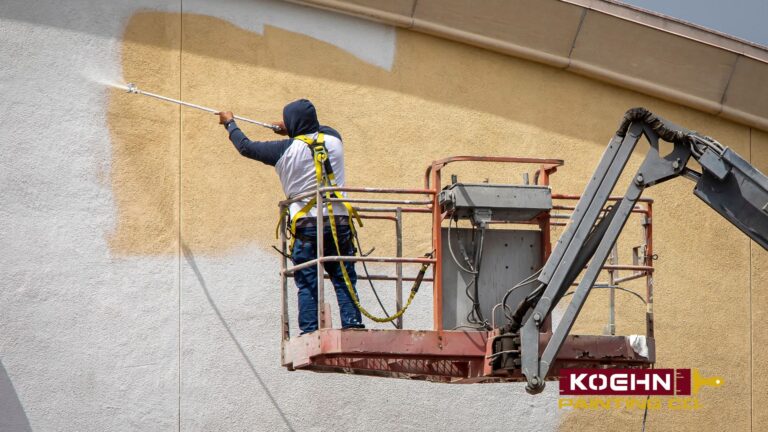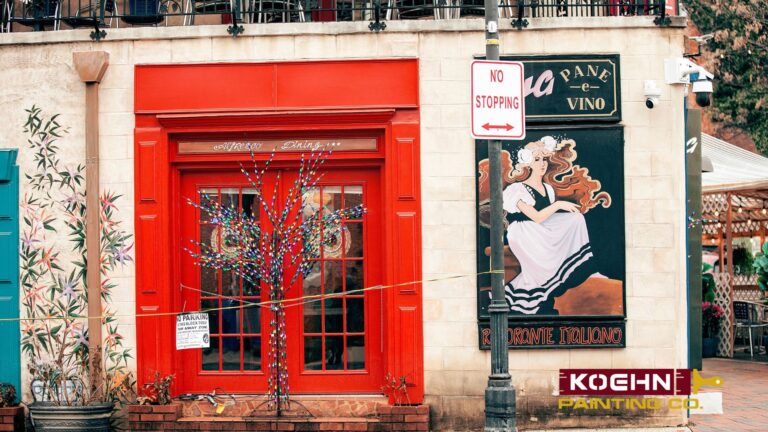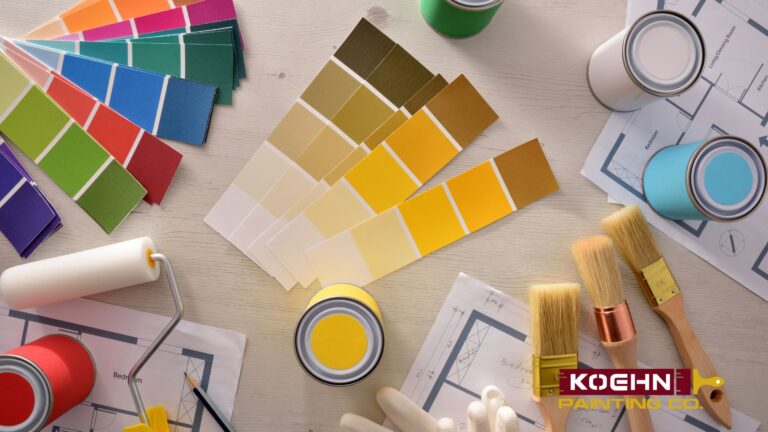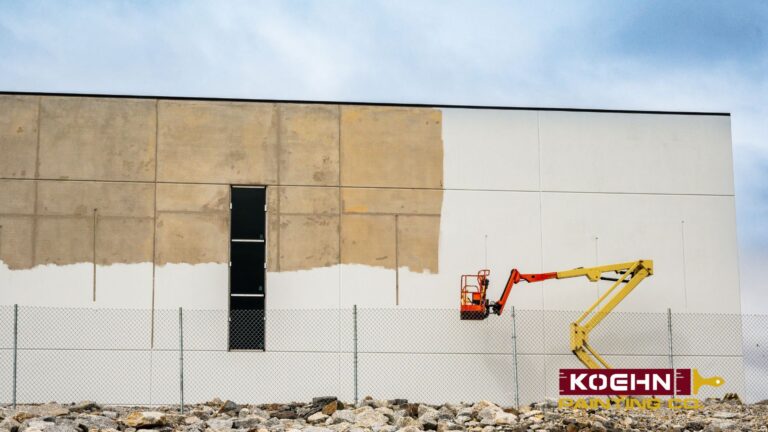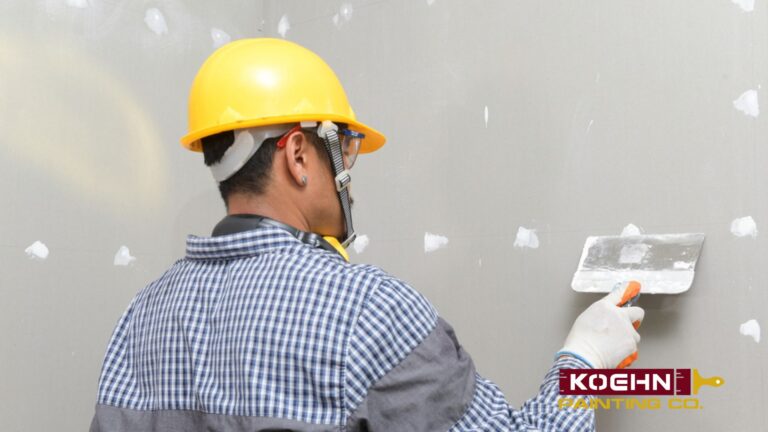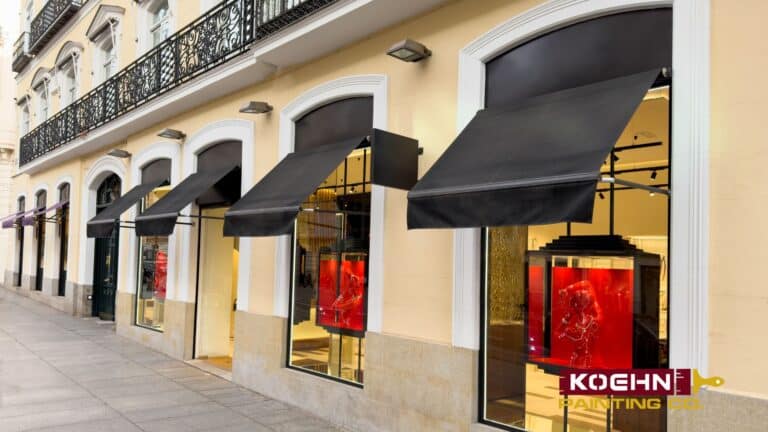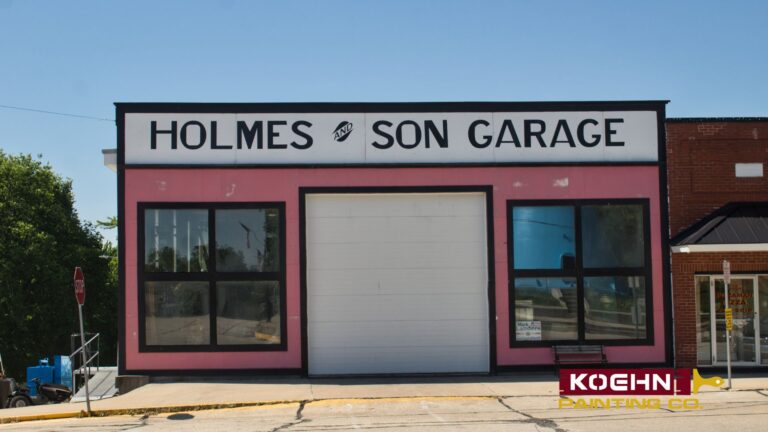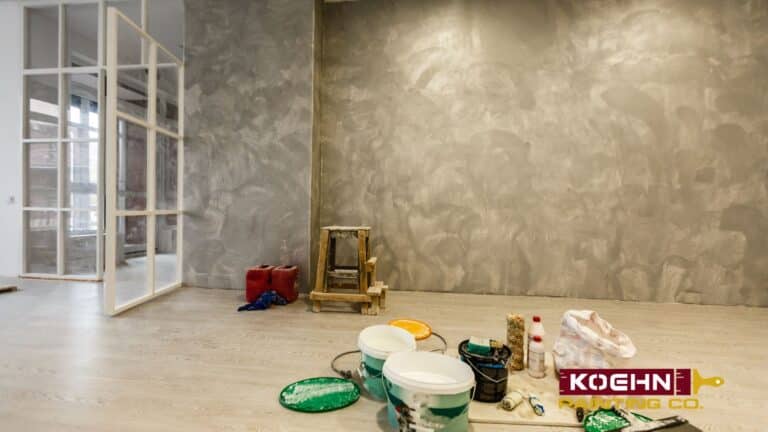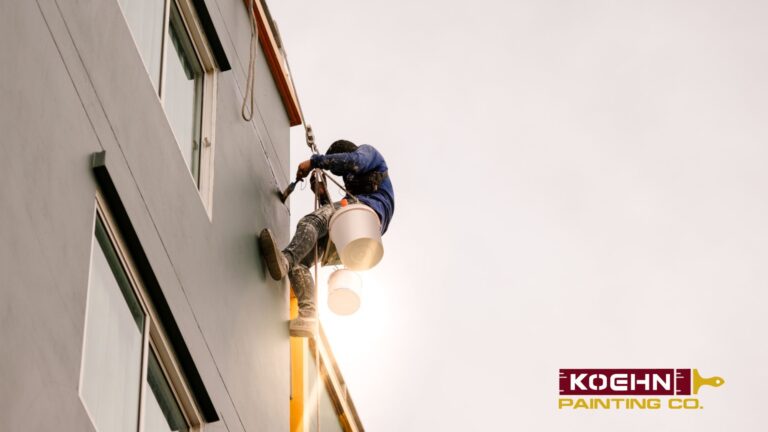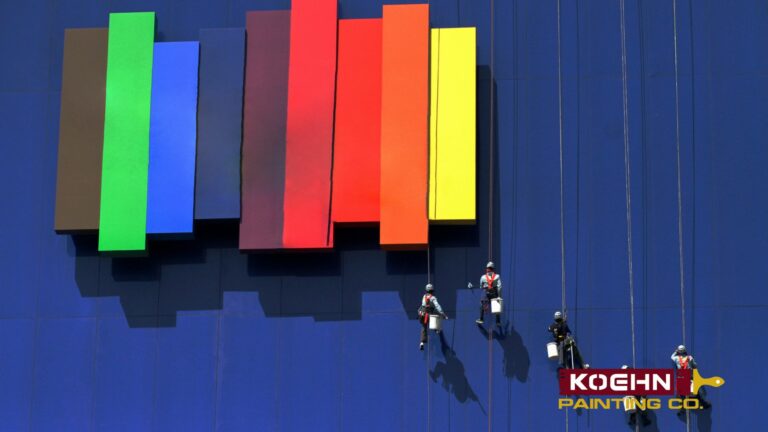Eco-Friendly Commercial Painting Hacks for Healthier Spaces
When a business plans a commercial painting project, the main priority is typically getting an all-new look for clients and employees alike to enjoy. Paint jobs are often considered part of a building’s regular maintenance, but if they are being done frequently enough, there are also major health and environmental considerations to bear in mind. This is where eco-friendly commercial painting hacks can help out.
Prioritizing the environment and sustainability during a commercial painting project doesn’t have to mean sacrificing quality or getting lackluster results. There is a growing amount of eco-friendly paint materials being made, and many painting companies choose to use these over the more harmful materials of the past.
If a business has environmentally conscious values, working with a painting company that does as well is even more important. Learning the best commercial painting hacks and how to choose the safest materials with them is a part of understanding the difference that eco-friendly painting practices can make, benefiting both the business and the world in the long run.
Working with an Eco-Friendly Professional Painter
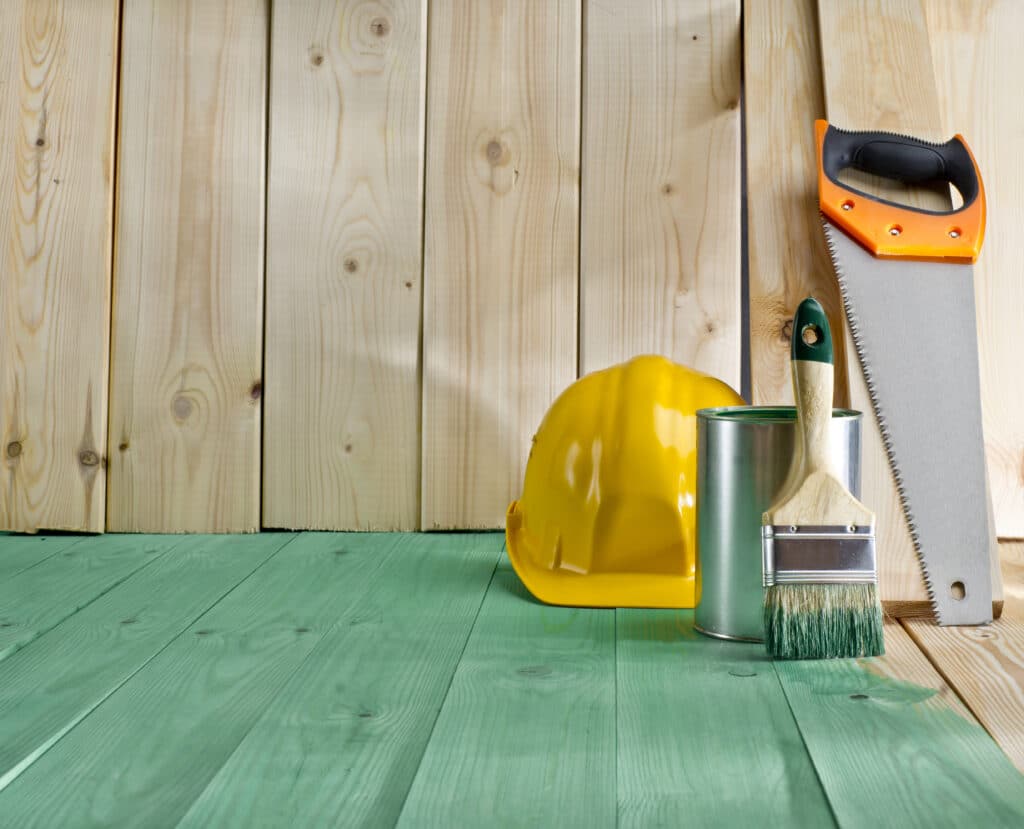
Working with a professional painter who understands and employs eco-friendly practices is one of the best ways to achieve a sustainable painting project. The best professional painter will be knowledgeable of the highest quality materials and techniques for keeping the paint job sustainable while also making the space look as polished and appealing as possible. Business owners can work towards reducing their ecological footprint so that their business and its practices ultimately contribute to a healthier environment.
VOCs (volatile organic compounds) tend to be the first consideration when it comes to sustainable painting. These are harmful chemicals that can be released into the air from paint, polluting the air. They can be especially dangerous for indoor painting projects, especially if the space is not well-ventilated.
While a business owner might not be fully (or at all) aware of VOCs, any professional painter worth their salt has a thorough understanding of these chemicals and which paints tend to have them in the highest concentrations. Thankfully, due to modern concerns around the environment and sustainability, there are growing options for low- and zero-VOC paints, the ideal options for eco-conscious painting companies and the businesses that work with them.
The higher the levels of VOCs in a paint, the more likely it is to cause long-term health issues for those that are in the same space as the paint, even if they aren’t present during the actual paint job, as these chemicals can linger long after their initial emission. The last thing a business wants is for its clients and employees to get sick just from being in the building, especially if the business truly values these people beyond sales metrics as it should.
But sustainable painting practices are about more than just paint and chemicals; there are also concerns are waste and recycling. One of the most efficient ways that anyone, both individuals and organizations, can reduce their negative impact on the environment is to avoid wasteful practices. An eco-friendly professional painter is well aware of this.
They will not only know how to use their paint products efficiently enough to avoid wasting them, but they will also use tools that have been made from recycled materials of quality that can last long enough not to need frequent replacement that would contribute to waste.
Knowing just the right amount of paint to use in a particular space ensures that the paint can last for as many projects as possible without leftovers. And high-quality brushes, rollers, and other tools should be used throughout all these projects without too much wear. All of this is why working with a professional painter is the smartest choice for an eco-friendly job, as they can use all their expertise to practice sustainability.
For commercial spaces specifically, eco-friendly painting protects more than the environment; it also contributes to keeping the workspace safe and healthy for all who regularly spend time in it, which can include customers and employees. Looking after the health of its workers and clientele makes a business seem as though it truly cares about those that invest in it, which can potentially even lead to more loyalty from those same people and boost business success overall.
Reducing the ecological footprint of commercial space is even more important than residential spaces because commercial buildings are typically much larger, which means they require more paint, some of which release very harmful chemicals. Collaborating with an eco-friendly professional painter circumvents this.
To be able even to practice painting in a sustainable manner, a professional painter should ensure that the materials they choose to work with are safe and eco-friendly. There are several options for paints, including the aforementioned low- and zero-VOC paints. All of these options are made with sustainability in mind to have the least negative impact on the environment and the people who might be near the paint itself.
- Low-VOC and Zero-VOC Paints: As previously stated, these paints differ from traditional paint options because they contain much fewer VOCs, making them safer for interior commercial painting because they do not terribly pollute the air quality. They have grown in popularity enough that they are readily available for paint contractors to keep in their arsenal, with several colors making them a strong choice for high-quality results.
- Natural Paints: These can include water-based paints and paints made from natural materials like essential oils and plants. Being biodegradable, natural paints are great for the environment without leaving behind harmful synthetic materials. However, unlike with other low-VOC paint options, these might not come in a range of colors that is as large. However, the colors that they do have are still of high quality, so any business interested in eco-friendly paint options should check out if their chosen color is available in a natural paint brand.
- Mineral-Based Paints: These are another very natural option, but rather than being based on water and plants, these paints are made from clay and lime. Much like natural paints, mineral-based paints have no synthetic chemicals and are biodegradable. This also makes them easier to clean up since they do not require harsh chemicals for that process. What makes mineral-based paints stand apart from other natural options is that they actively promote breathability for the walls and fight mold growth, both of which ultimately lead to better air quality and a safer work environment when used in commercial buildings.
Although paint is the primary consideration when it comes to sustainable painting job materials, When partnering with a professional painter, a business should also be concerned about the materials that the contractor uses to apply the paint itself. If the paint is safe for the environment, but the brushes and rollers build up to frequent waste, then what’s really the point?
Eco-friendliness should reach as many aspects of the paint job as possible, including tools. There are options for brushes made from natural and recycled materials, such as bamboo brushes, and there’s even recyclable paint tape.
Paint trays should be reusable over single-use plastic. This actually applies to all other painting tools as well; a sign of an eco-friendly professional painter is one who is aware of all commercial painting hacks and has good-quality reusable options for everything. Every eco-friendly choice in materials supports the overall sustainability of a project, which is of the utmost importance for a business that values this in all aspects of its identity, down to the paint on the walls.
Contact us here if you would like to find the best painting contractor for your residential or commercial painting needs.
How to Effectively Handle Waste During Eco-Friendly Commercial Interior Painting
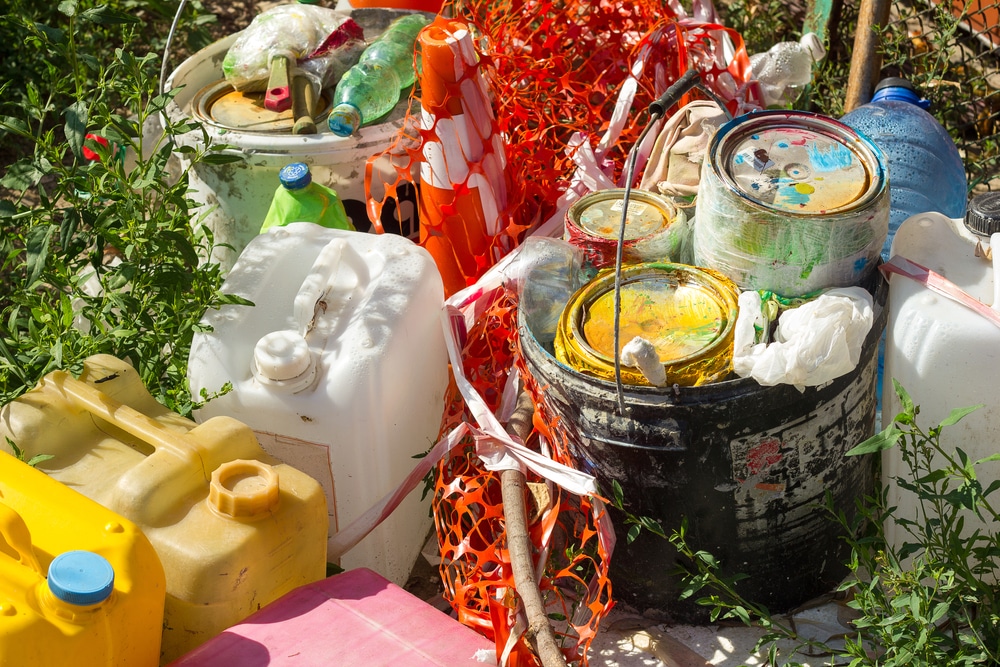
Reducing waste during commercial interior painting goes beyond using tools that last as long as possible. An eco-friendly professional painter will employ specific techniques and practices to make the project as sustainable as possible for a business by promoting efficiency, which ultimately reduces wastefulness. A good rule of thumb for sustainable painting practices is less equals more. As in, less use of materials equals more sustainability.
To use as little paint as possible, thorough surface preparation is essential. One of the most well-known commercial painting hacks is that starting on a clean surface gets the cleanest results. Preparing the surface promotes efficiency by making it as smooth as possible for a quality end result that uses the least amount of paint possible since touch-ups from having to patch in areas of the wall would be unnecessary or significantly reduced.
Surface preparation starts with cleaning the surface, plain and simple. Dust can be a big hindrance during commercial interior painting, especially if it covers surfaces that need to be painted, so getting rid of it is a natural first step to smooth paint application. Using eco-friendly cleaning materials over harsh chemicals is absolutely the way to go for a sustainable paint job, so a business should ensure that their painting contractor has them.
A common misconception is that chemicals mean something is stronger and cleaner than natural materials, but that is simply untrue. There are many natural cleaners that can remove dust, dirt, and grease effectively for a paint job.
After the easiest part of surface preparation comes the more difficult patching work, which involves dealing with any cracks, holes, scuffs, and other rough patches that would impede a smooth paint application. These rough patches can be quite common in commercial interior painting, since these buildings are high-traffic areas that see a lot of people day in and day out.
Another one of the best commercial painting hacks is to sand not only the areas of the wall that have been patched but the entire surface to even out the whole thing. Creating an even surface for painters means that they can use fewer coats to get to a flawless finish. Following up with a primer is a good next step to help the new paint last.
Proper sanding ensures that the paint adheres smoothly, reducing the likelihood of bubbling, peeling, or flaking, which often requires re-paints that waste material. And not only does primer help the paint last for less frequent re-paints, but it also, like sanding, aids in smooth application. All of this demonstrates how surface preparation reduces waste in commercial interior painting.
Learning how to be less wasteful is one of many essential commercial painting hacks because of the large amount of paint and other materials needed for these specific jobs. However, there are other ways to reduce waste during the painting process to make the job as eco-friendly as possible for a business that values that.
- Mixing Just Enough Paint: Having excessive leftover paint that goes unused or gets thrown away is quite harmful to the environment, so professional painters should mix only as much as they need for the commercial interior painting job. Any painter with experience will be able to judge how much paint is required for a particular space with enough accuracy to be eco-friendly and avoid waste.
- Using Reusable Containers: Remember, an eco-conscious professional painter will have reusable tools and materials over single-use whenever possible. This goes for paint containers as well. Reusable paint containers store paint just as effectively and can be tightly resealed to help reduce plastic waste.
- Using Leftover Paint: Even if a painter hasn’t managed to mix the perfect amount of paint for the job, if they practice eco-friendliness, they should have a smart plan for how to use the leftover paint sustainably. For example, they might use it for touch-ups or even have the right connections to donate it to places in need of paint, like schools and local charities.
- Working with Paint Recycling Programs: Beyond donations and using the leftover paint, there are also programs put into place specifically to give people a safe and sustainable option for recycling paint and disposing of it safely rather than contributing to harmful waste. This keeps harmful paint chemicals out of the environment as much as possible.
As much as a business can work with their professional painter to reduce waste during commercial interior painting, it’s still up to the painter to handle clean-up processes after the job as safely and sustainably as they can.
Eco-Friendly Commercial Painting Hacks for Disposal and Clean-Up
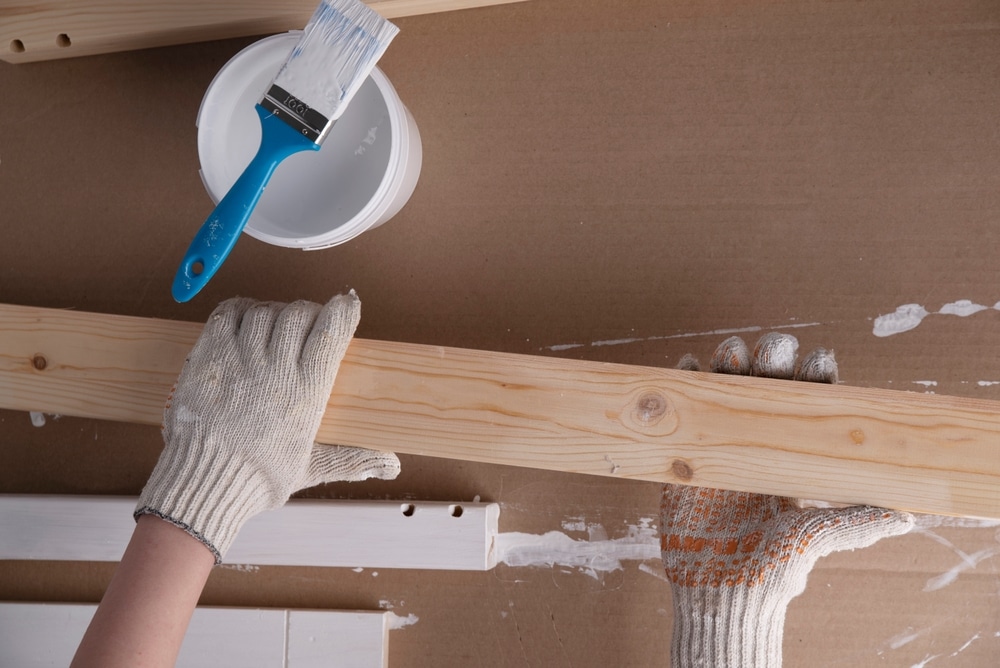
Sustainable commercial painting hacks aren’t just about the painting process itself; they’re also about what happens afterward. Once the final coat of paint is set, a good professional painter will know how to approach disposal and clean-up as safely as possible for both the environment and the people who have to occupy the commercial space.
- Safe Paint Disposal: Throwing leftover paint in the trash or down the drain or garbage disposal is a big no. If a painter even suggests that as an option, not only are they not an eco-friendly choice for a business, but they also might not be strictly professional or experienced enough. A professional painter who prioritizes eco-friendliness would be aware of potential donees and paint recycling programs, as previously mentioned, or know about designated sites in the city meant for disposing of harmful chemical materials like paint.
- Cleaning and Maintaining Tools: This is another instance where avoiding sinks and drains would be for the best, environmentally speaking. Washing paint brushes in the sink carries all those chemicals directly into water systems, which should be avoided at all costs. Cleaning brushes properly ensures that they can last a long time, which helps the environment tremendously if these tools are already made from high-quality, sustainable materials. To reduce the frequency of replacements, properly clean brushes, rollers, and other tools after each use. Instead of washing tools in a sink, there should be a specific container meant for the task that gets reused every paint job. The dirty water in that container can then be left to evaporate and eventually leave behind material that can be disposed of in an environmentally friendly way.
- Use Non-Toxic Cleaners: A business should also inquire about the cleaners that a painting company uses for their materials. They should use quality, biodegradable, non-toxic cleaners for washing surfaces and tools. These cleaners can effectively break down dirt and oils just as well as those that release toxic chemicals, making them a safer choice for both the environment and everyone in the workplace.
Any business looking to take advantage of commercial painting hacks to give its space a makeover with sustainability in mind should thoroughly vet and communicate with its paint contractor to ensure that it truly understands and practices eco-friendliness. Working with a painting contractor who shares one’s values is a great start to satisfying results for everyone.
Discover the Koehn Painting difference – contact us today for a free estimate and step into a vibrant, freshly painted home!

